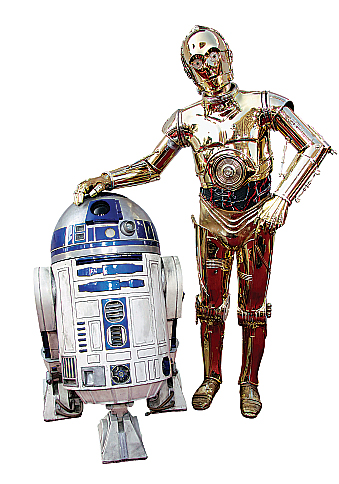I’ve seen a lot of duds at the Consumer Electronics Show over the years, but the biggest one actually came from the “other” sister show in Las Vegas, the Adult Entertainment Expo, which has typically run concurrently with CES.
Two years ago, I was one of many mainstream journalists lured to AEE - which, let’s face it, typically counted on CES attendees for much of its business - to see Roxxxy, supposedly the world’s first sex robot. Created by former Bell Labs inventor Douglas Hines, Roxxxy was supposed to have the ability to exhibit different moods and personalities. Selling at about $7,000, the robot was to take the adult industry - ailing from free porn on the internet - to the next level.
It didn’t quite turn out that way, as Roxxxy didn’t appear to be able to do much of anything. Here’s my report at the time, as well as video of the press conference:
It was clear that Roxxxy was nowhere near ready for prime time - and indeed, she still isn’t. The True Companion website on which she’s sold doesn’t appear to have changed much since it initially launched.
Meanwhile, AEE isn’t running at the same time as CES this year; it’s kicking off on Jan. 18, a few days after the electronics show wraps up. While the official reason for moving the show was to eliminate CES “complications” and lower expenses, it’s a sure sign of the industry’s decline. Exhibitors at past events told me AEE has been shrinking for years and that the Sands expo centre where it was usually held was starting to feel too cavernous for it.
Nevertheless, even with the porn industry’s shrinking and past robotic failures, rest assured that someone, somewhere is hard at work on the next generation of sex technology.

